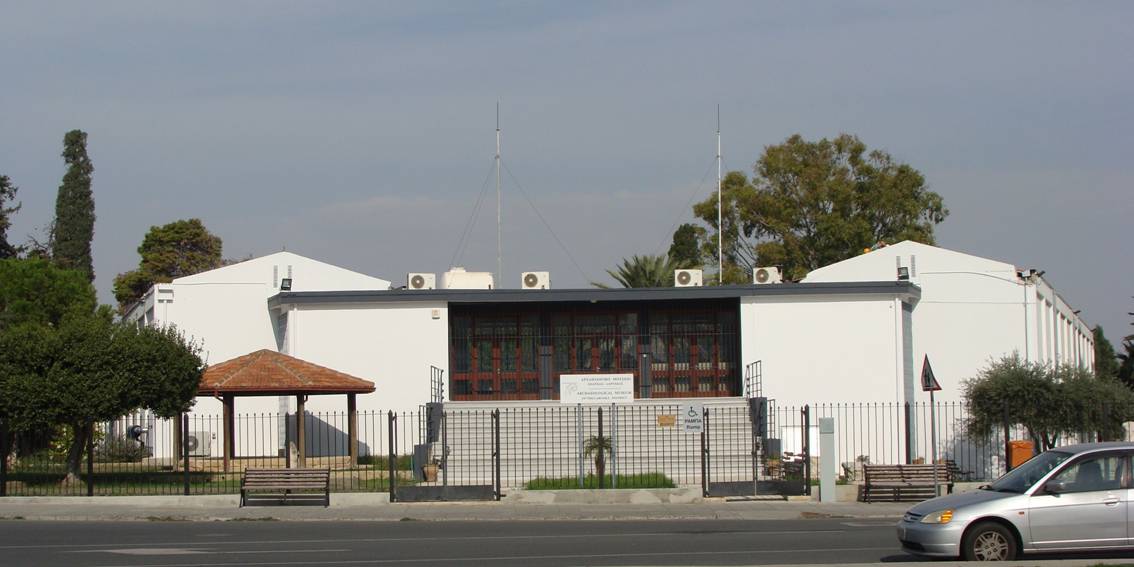Overview
The Larnaca Archaeological Museum is a key cultural institution in Cyprus. It is located in the heart of Larnaca. The museum showcases artefacts from the region’s rich history. It covers periods from the Neolithic Age to the Roman era. The museum plays a vital role in preserving Cyprus’s archaeological heritage.
History of the Museum
The museum opened its doors in 1969. It was established to house and display local archaeological finds. Over the years, the museum has expanded its collection. It now includes artefacts from various excavations in the Larnaca district. The museum continues to grow and evolve.
Exhibits and Collections
The museum’s collection is divided into four main rooms. Each room focuses on a different historical period. The exhibits include pottery, tools, jewellery, and sculptures. Many artefacts come from ancient settlements like Kition. The museum also displays items from the Neolithic and Bronze Ages.
Room 1: Neolithic and Chalcolithic Periods
The first room covers the Neolithic and Chalcolithic periods. It features tools, pottery, and figurines. These artefacts provide insights into early human settlements. Visitors can see how people lived and worked during these times. The exhibits highlight the region’s early agricultural practices.
Room 2: Bronze Age
The second room focuses on the Bronze Age. It includes pottery, weapons, and religious objects. The artefacts reveal the technological advancements of the period. The room also displays items from the ancient city of Kition. These finds show the city’s importance as a trade hub.
Room 3: Geometric and Archaic Periods
The third room covers the Geometric and Archaic periods. It showcases pottery, sculptures, and inscriptions. The exhibits reflect the artistic and cultural developments of the time. Visitors can see examples of early Cypriot art. The room also highlights the influence of neighbouring civilizations.
Room 4: Classical and Hellenistic Periods
The fourth room focuses on the Classical and Hellenistic periods. It includes coins, statues, and everyday objects. The artefacts illustrate the region’s integration into the wider Greek world. The room also features items from the Roman period. These exhibits show the continuity of cultural practices.
Educational Programs
The museum offers educational programs for schools and visitors. These programs include guided tours and workshops. Students learn about archaeology and history through interactive activities. The museum also hosts lectures and special events. These initiatives promote public engagement with Cyprus’s heritage.
Research and Conservation
The museum is actively involved in research and conservation. It collaborates with local and international archaeologists. The museum’s staff works to preserve and study its collection. Conservation efforts ensure the artefacts remain in good condition. Research projects contribute to a deeper understanding of the region’s history.
Visitor Experience
The Larnaca Archaeological Museum provides a rich visitor experience. The exhibits are well-organized and informative. Information panels and labels provide context for the artefacts. The museum’s layout makes it easy to navigate. Visitors can explore at their own pace.
Accessibility and Facilities
The museum is accessible to all visitors. It has ramps and elevators for those with mobility issues. The museum also offers rest areas and a small gift shop. The shop sells souvenirs and books related to archaeology. These facilities enhance the overall visitor experience.
Surrounding Area
The museum is located near other attractions in Larnaca. Visitors can explore the nearby Church of Saint Lazarus. The Larnaca Salt Lake and Hala Sultan Tekke are also close by. The area offers a mix of cultural and natural sites. It is an ideal destination for history enthusiasts.
Conclusion
The Larnaca Archaeological Museum is a treasure trove of history. It offers a comprehensive look at the region’s past. The museum’s exhibits and programs educate and inspire visitors. Its commitment to preservation and research ensures the legacy of Cyprus’s heritage. A visit to the museum is a journey through time. It is a must-see for anyone interested in archaeology and history.


